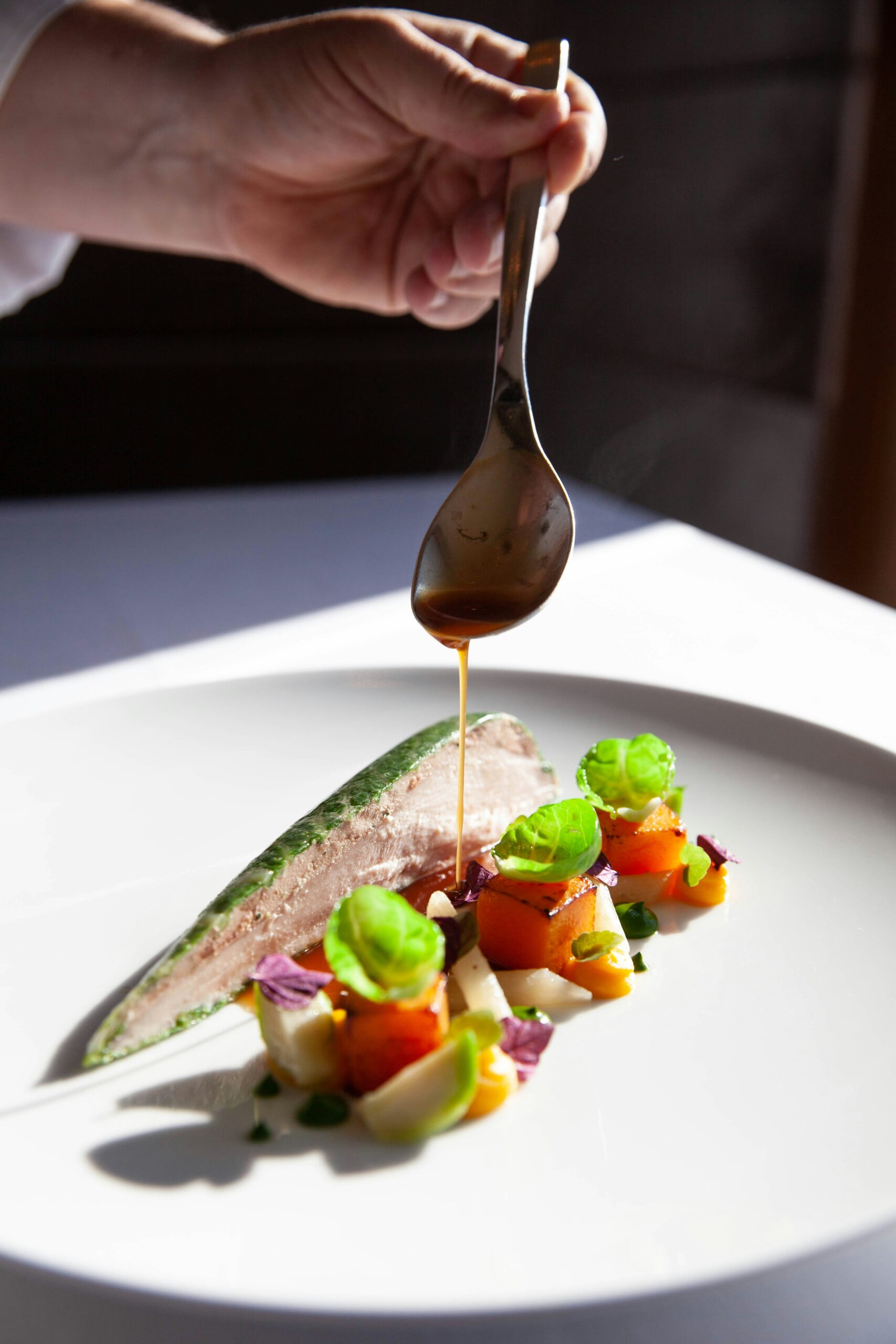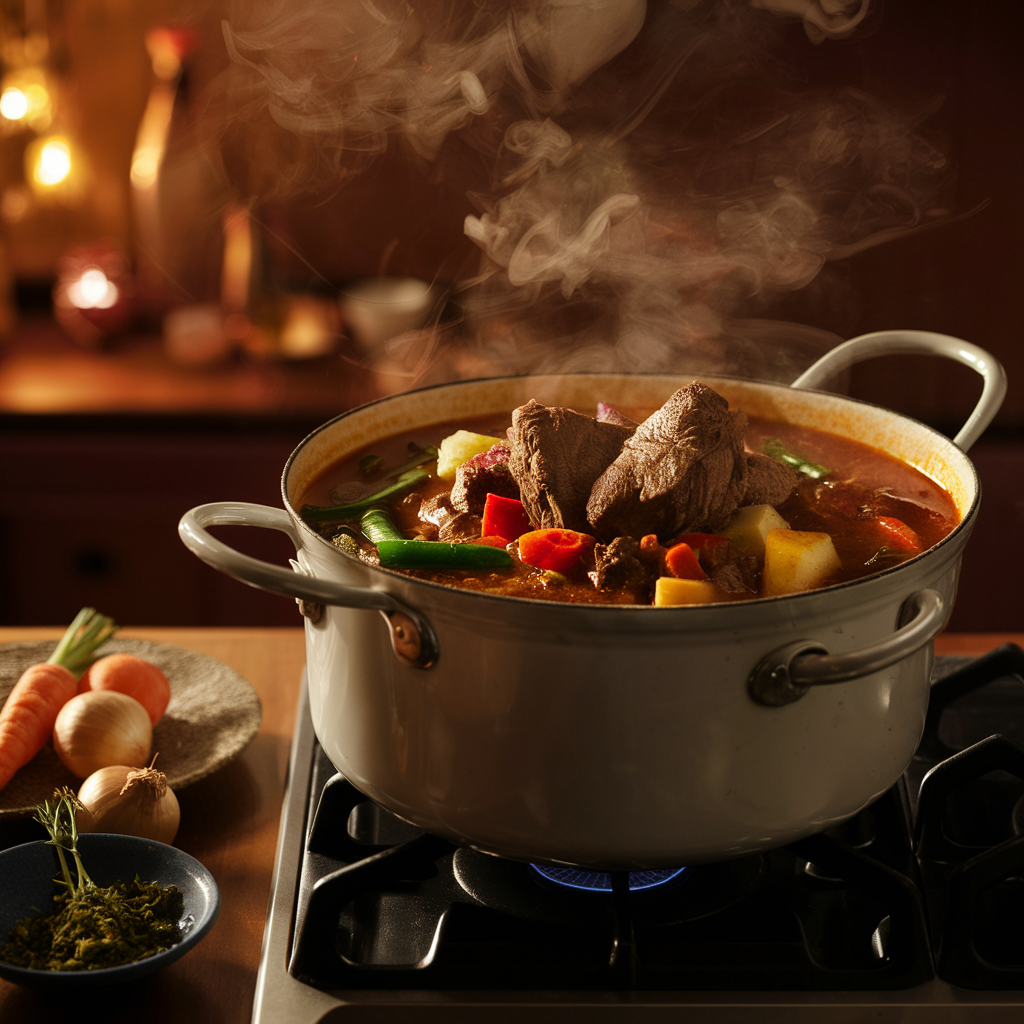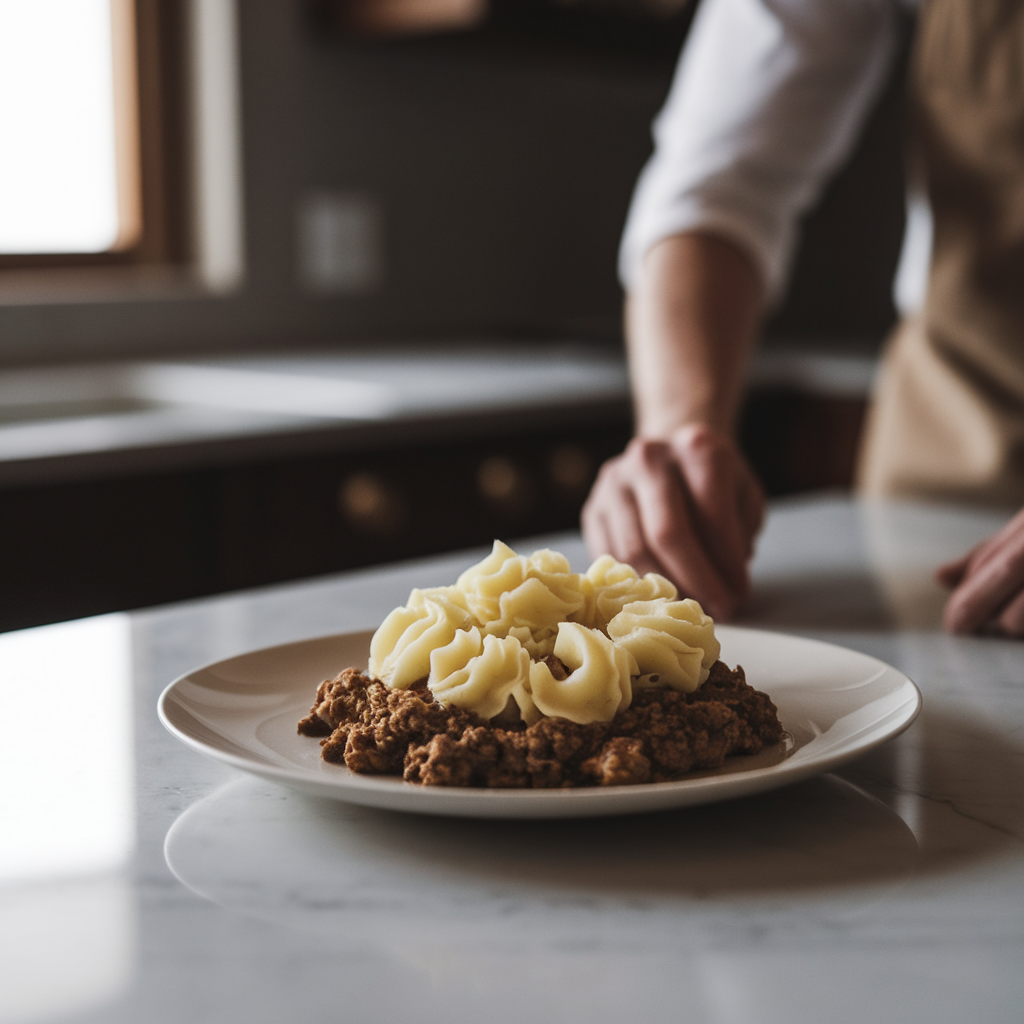Introduction: A Delicious Journey Awaits
Do you ever find yourself standing in front of the fridge, staring blankly at the contents, wondering what on earth to make for dinner? If so, you’re not alone. Many of us have fallen into the repetitive cycle of the same few meals, desperately craving something fresh and exciting. With a world of culinary inspiration just waiting to be explored, why not shake things up? Revitalizing your dinner routine with global flavors and fresh ingredients can transform the mundane into the extraordinary. It’s time to embark on a flavorful journey that not only tantalizes your taste buds but also nourishes your body.
Finding Your Culinary Compass
Before we dive into the specifics, let’s take a moment to appreciate the diverse tapestry of world cuisines. From the aromatic spices of Indian curry to the zesty tang of Mexican salsa, every culture has its unique culinary identity. But where to start? Here are a few considerations to help you find your culinary compass:
- Identify Your Preferences: Consider what flavors excite you. Do you gravitate towards spicy, sweet, or savory dishes?
- Explore New Ingredients: Fresh ingredients can turn a simple meal into a masterpiece. Keep an eye out for seasonal produce at your local market.
- Learn the Basics: Familiarize yourself with essential cooking techniques from different cuisines. YouTube can be your best friend here!
Global Ingredients: A World of Flavors
Now that you have a sense of direction, let’s delve into the vibrant ingredients that can elevate your dinner game. Sourcing fresh ingredients is paramount, but what about the global flavors? It’s all about mixing and matching. Here are some key ingredients from around the globe you might want to consider:
1. The Spice of Life: Herbs and Spices
Herbs and spices are like the fairy dust of cooking. A sprinkle of cumin can transport you to the streets of Marrakesh, while fresh basil might have you dreaming of a sun-soaked Italian terrace. Some staples to keep on hand include:
- Cilantro: A must-have for Mexican and Southeast Asian dishes.
- Turmeric: This vibrant yellow spice not only adds color but is also a powerhouse of health benefits.
- Sumac: With its tangy flavor, it’s the secret ingredient in many Middle Eastern dishes.
2. Fresh Veggies: A Rainbow on Your Plate
Vegetables are the backbone of any meal, and the freshness makes all the difference. Seek out colorful, seasonal produce. Did you know that eating a variety of colors can ensure a range of nutrients? Here are a few global favorites:
- Bell Peppers: Crunchy and sweet, perfect for stir-fries or stuffed dishes.
- Eggplant: A staple in Mediterranean cuisine, it’s incredibly versatile.
- Okra: Popular in Southern U.S. and Indian cooking, okra is delicious when sautéed or fried.
3. Proteins from Afar
Meat and seafood are not just about filling your plate; they bring unique textures and flavors. Consider incorporating these protein sources:
- Chickpeas: A protein-packed legume that’s integral in Middle Eastern dishes like hummus and falafel.
- Tofu: This soy-based delight can soak up any flavor and is a favorite in Asian cuisines.
- Fish: From the fresh catch of the day to canned sardines, the sea offers a smorgasbord of flavors.
Cooking Techniques: A Fusion of Methods
It’s not just about the ingredients; it’s also about how you prepare them. Different cultures have their own techniques that can add a unique twist to your meals. Here are some methods to consider:
1. Stir-Frying: Quick and Flavorful
This Asian technique involves cooking food quickly at high heat in a wok with a small amount of oil. The result? Crisp vegetables and beautifully cooked proteins. It’s perfect for those busy weeknights when you need something fast but delicious.
2. Braising: Slow and Steady Wins the Race
Braising, a method used in many cuisines, involves cooking meat slowly in a bit of liquid, making it incredibly tender and flavorful. Think of a hearty coq au vin or a South African bobotie. It’s comfort food at its best!
3. Grilling: The Great Char
There’s something magical about grilling. Whether it’s summer kebabs or winter roasted veggies, grilling adds a depth of flavor that’s hard to beat. Plus, it’s a great way to bring people together—nothing says community like a barbecue!
Creating Your Global Dinner Menu
Now that we have a treasure trove of ingredients and techniques, let’s piece together a global dinner menu. The goal is to create a well-balanced meal that showcases a variety of flavors. Here’s an example menu that might inspire you:
Starter: Spicy Thai Soup
This soup, known as Tom Yum, is a delightful blend of hot and sour flavors, featuring fresh herbs, shrimp, and a squeeze of lime. It’s like a warm hug in a bowl, perfect for whetting the appetite.
Main Course: Mediterranean Grain Bowl
Picture a base of quinoa topped with roasted eggplant, chickpeas, fresh herbs, and a drizzle of tahini sauce. This dish is not only nutritious but bursting with flavor and color. It’s a celebration of the Mediterranean on your plate!
Dessert: Mango Sticky Rice
End your meal with this sweet Thai treat. The combination of creamy coconut milk, sweet mango, and sticky rice is nothing short of heavenly. Trust me; it’s the kind of dessert that will make you smile.
Cooking with Friends: A Social Affair
One of the joys of cooking is sharing it with others. If you’re feeling adventurous, consider hosting an international dinner night with friends. Each person can bring a dish from a different country. Not only does this make for a fun evening, but it also opens the door to new flavors and stories. I remember the last time I did this; I was blown away by a friend’s homemade baklava. The layers of flaky pastry and sweet honey were an absolute revelation.
Adjusting to Dietary Needs
As you explore global flavors, it’s essential to consider dietary restrictions. Whether it’s gluten intolerance, vegan preferences, or allergies, there are plenty of ways to adapt traditional dishes. Here are a few tips:
- Substitutions are Key: For a gluten-free option, consider using rice noodles instead of pasta in your dishes.
- Plant-Based Alternatives: If you’re cooking for vegans, swap out meat for lentils or mushrooms, which provide similar textures.
- Label Awareness: When trying new recipes, always check ingredient labels to ensure they align with dietary needs.
Shopping Smart: Where to Find Fresh Ingredients
Now that you’re excited about cooking, let’s talk about sourcing those fresh ingredients. While grocery stores are convenient, local farmers’ markets are a hidden gem. Not only do they offer a plethora of fresh produce, but they also support local farmers. Plus, there’s just something about strolling through a market, chatting with vendors, and selecting the ripest tomatoes that makes you feel connected to your food.
Final Thoughts: Keep It Fun!
As you embark on this culinary adventure, remember that the goal is to enjoy the process. Cooking is a creative outlet, and while it’s great to aim for beautifully plated dishes, it’s perfectly okay if things don’t turn out as planned. (I once mistook baking soda for baking powder—let’s just say the cake was a little too “interesting.”) The most important part is to savor the experience, share laughs with loved ones, and, most importantly, enjoy the delicious rewards of your efforts.
Conclusion: Time to Take Action!
So, are you ready to revitalize your dinner routine? With global flavors and fresh ingredients at your fingertips, the possibilities are endless. It might seem daunting at first, but take it one step at a time. Experiment with new recipes, embrace the flavors of the world, and allow your dinner table to reflect the vibrant diversity of cuisines. After all, life is too short for boring dinners!




